
Need assistance?
Need Assistance? Call Us 0330 058 0630
21/05/2025 • by Alice P
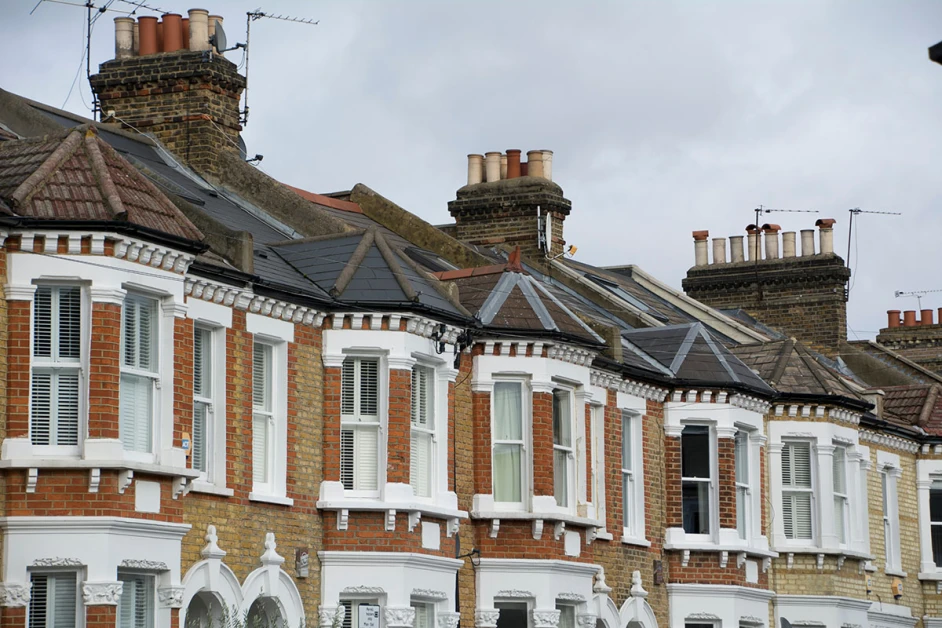
Landlords have a legal responsibility to protect their tenant’s health and safety. This includes the installing, servicing and repairing of fire alarm and fire safety equipment.
Landlords are the responsible persons for an HMO. This means a landlord’s safety responsibility is to safeguard the property from the threat of fire.
Purchasing and fitting fire alarm systems into areas of high risk is a crucial (and legal) part of protecting the home.
A fire alarm system is an important part of safeguarding an HMO. Fire doors and fire extinguishers are important to protecting the home but fire alarm systems maintain the safety of a space through continuous monitoring. In doing so, the household can have accurate control over the fire safety of their space.
Fire safety equipment must be adapted to fit the space. For an HMO, the fire alarm system will depend on the grade attached to it – the grade, too, will change depending on the size of the building. Landlords renting different size properties must be aware of how the size and grade of the alarm system will impact their responsibilities. As a rule, the greater the scale of the property the greater the requirements are to comply with fire safety requirements.
This blog will focus on the fire alarm requirements for two-storey and three-storey HMOs. This blog will also pinpoint how different graded fire alarm systems will alter the responsibilities of the landlord.
Fire alarms safeguard properties and protect building occupants by monitoring a space and emitting an audible alarm when danger is detected.
24/7 monitoring
Early fire detection
Quicker and safer evacuation
Protects property
Alerts others to danger
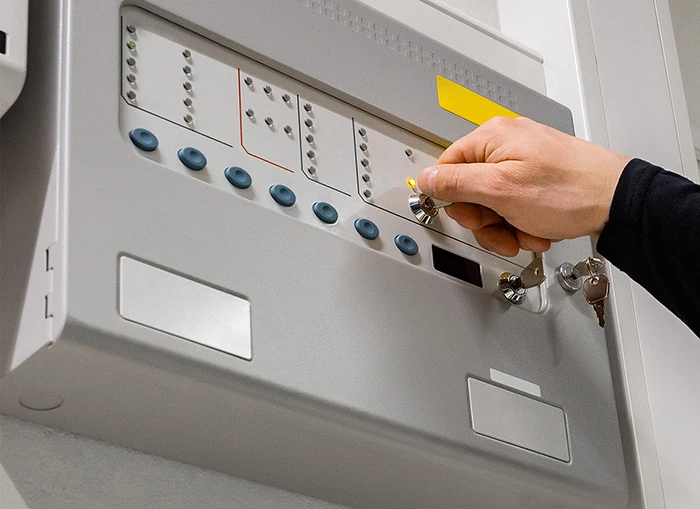
A two-storey HMO falls under the fire safety category of LD3. This means the property will require less-intensive protection. The minimum legal requirement for a two-storey HMO is a Grade D1 fire alarm system.
Interlinked smoke, heat and CO alarm systems must be fitted in areas of high circulation and risk (the kitchen, stairwells or other communal areas).
Interlinked smoke alarm, heat detectors and CO alarms – interconnected alarms will communicate with other units. If one is triggered, it will activate the other alarms, increasing the scope of the alarm
Grade D1 fire alarm systems are less complex, generally being reserved for smaller HMOs (two-storey and below). The system has more flexibility in the type of alarms required for the space.
Landlords can choose between a radio-interlinked alarm or a hardwire-interlinked alarm. Although the system does not use a control panel, the alarms must still be interlinked. The alarms must be mains-powered (with a 10-year tamper-proof battery).
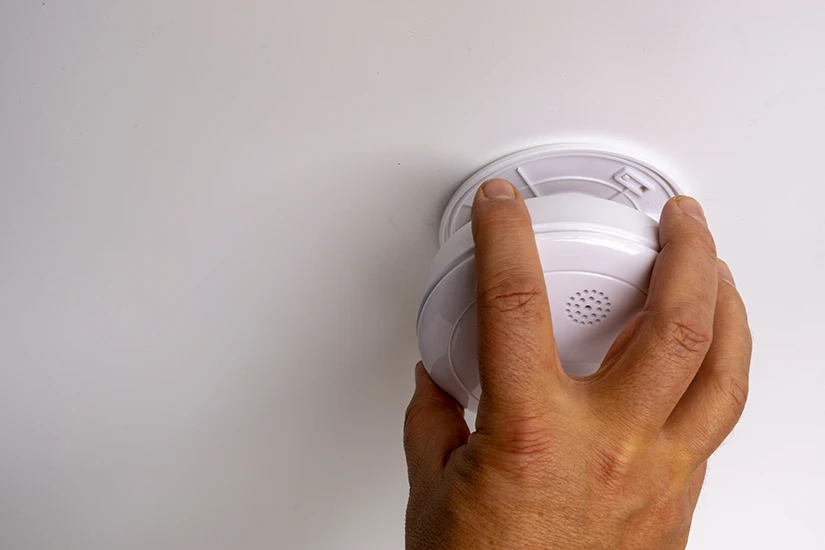
A three-storey HMO falls under the category of LD1. This means it is a property that requires maximum protection. A three-storey HMO must legally be equipped with a Grade A fire alarm system. All fire safety equipment must conform to British Standards BS EN 54.
Interlinked smoke alarms, heat detectors and CO alarms must be fitted in high-risk areas (the kitchen, stairwells or bedroom). Additionally, the hallway, landing, loft, garage and meter/airing cupboard must also be fitted with the correct alarms. Grade A fire alarm systems also require a control panel to be installed.
Interlinked smoke alarm, heat detectors and CO alarms – allowing alerts to danger to be heard throughout the three-storey
Call points – located on every landing and every building exit
Control panel – isolating the three-storey building into zones for quickly pinpointing the exact locations of fire danger
Grade A fire alarm systems are the most complex fire alarm systems – they are generally reserved for larger HMOs (three storeys and above). To combat the scale of the building and ensure all tenants are protected, the system incorporates CO alarms, smoke and heat alarms and fire alarms alongside call points and a control panel. The result is a fast-acting, efficient alarm system.
The scope of the fire protection, combined with the volume of the triggered alarms, ensures maximum protection no matter where the tenant is located.
Whilst a Grade A system offers more complex fire safety, it also requires regular monitoring and maintenance. The control panel requires regular maintenance to continue working at full capacity, as the brain of the fire alarm system. It is recommended that fire alarms falling under the Grade A system be checked weekly.
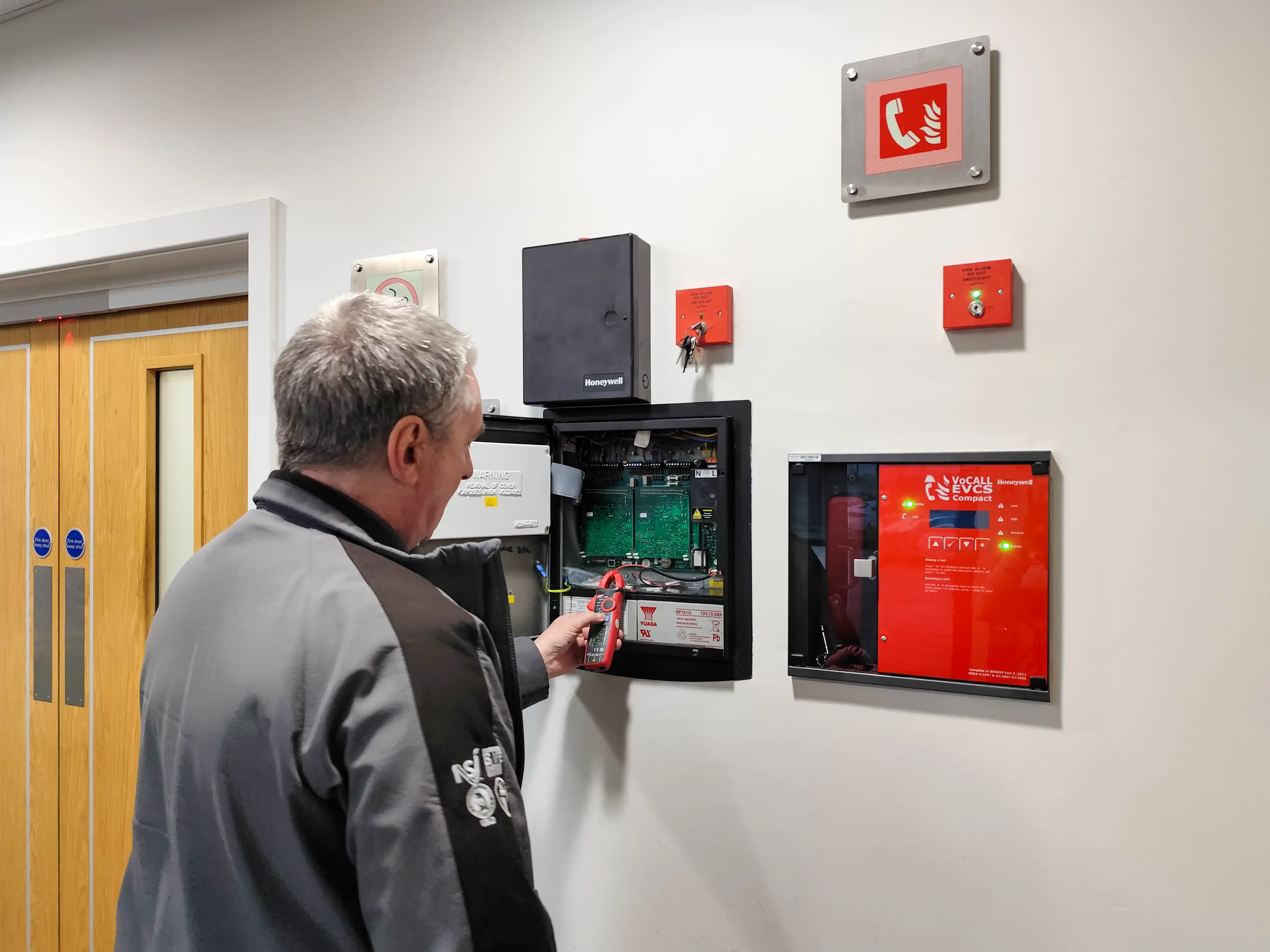
A control panel is essentially the brain that receives information from fire alarm units and sends information back out to them. The control panel separates the house into sections by using each fire alarm unit as a zone. This allows quicker detection through more accurate pinpointing of danger. A control panel can be operated manually.
The control panel plays a crucial role in fire safety. In bigger buildings, 3 storeys or more, a fire breaking out can be even more dangerous. Not only can the extra space allow fires to be hidden but if an alarm is triggered, it will not pinpoint the exact location of the fire. Remember, the longer a fire can burn unnoticed, the more damage it can do to property and the greater risk to life it will pose.
If a fire does trigger an alarm, the control panel will allow the building occupants to quickly locate the source of danger. Control panels are especially crucial in assisting firefighters in assessing the danger, navigating to the source and extinguishing the flames.
In the UK, there are several laws enlisting the legal requirements for landlords and the rules regarding HMO fire alarm systems.
Housing Act 2004
The Fire Safety Act 2021 -These two acts explain the legal requirements for the responsible person. They essentially pinpoint the fire safety steps a landlord must take to protect their property and tenants that align with current health and safety conditions.
Building Safety Act 2022 – protects the health and safety rights of the tenants by detailing the costs and repairs the landlord must undertake
The Smoke and Carbon Monoxide Alarm (Amendment) Regulations 2022
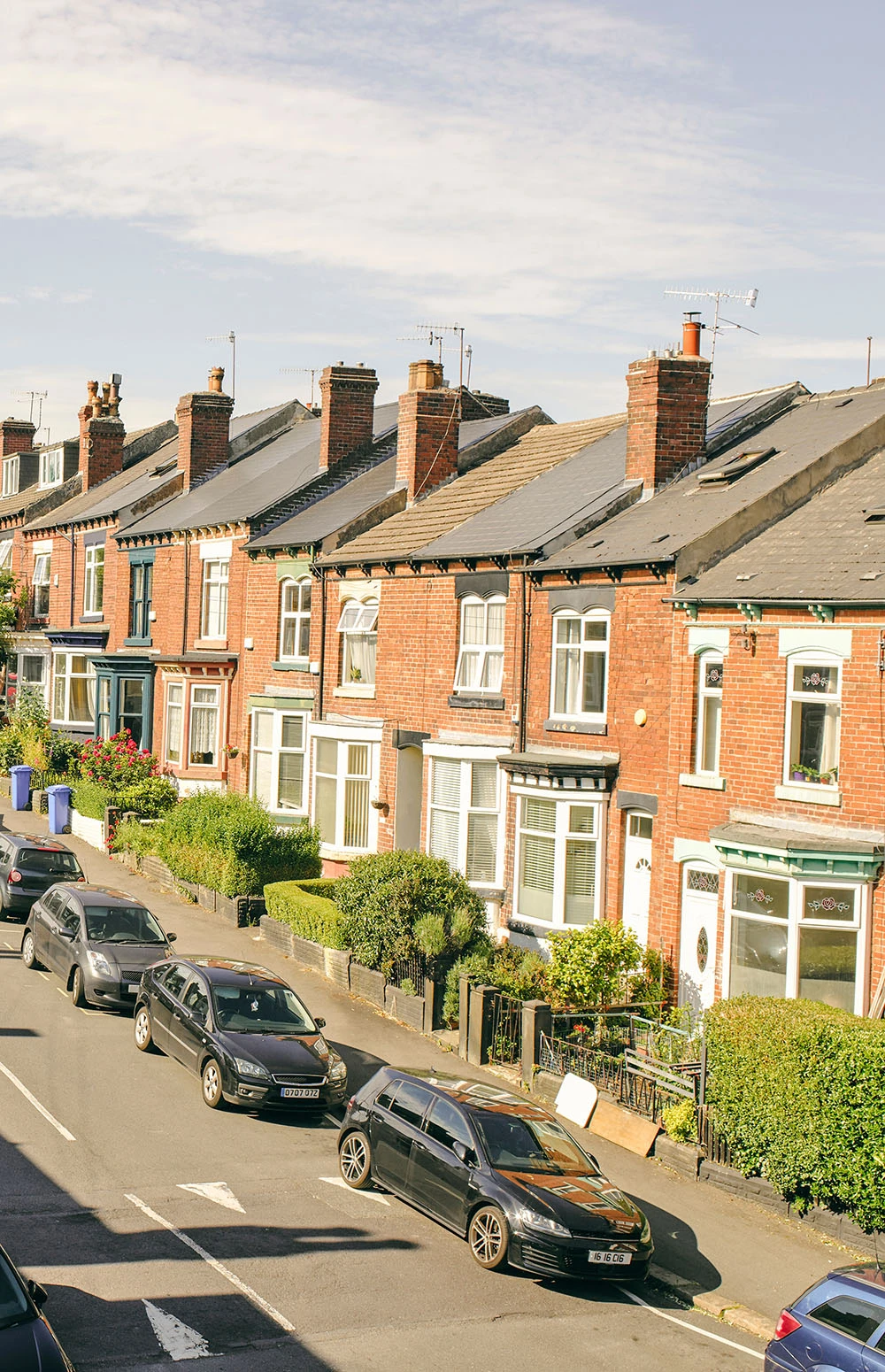
An HMO fire alarm system is an integral part of a building's fire safety. Landlords must understand the fire safety requirements for their property and fulfil these both prior to new tenants moving into the building and alongside the tenancy. In doing so, the landlord can protect their tenants and property.
05/01/2021 • by Lynsey B
24/07/2025 • by Alice P